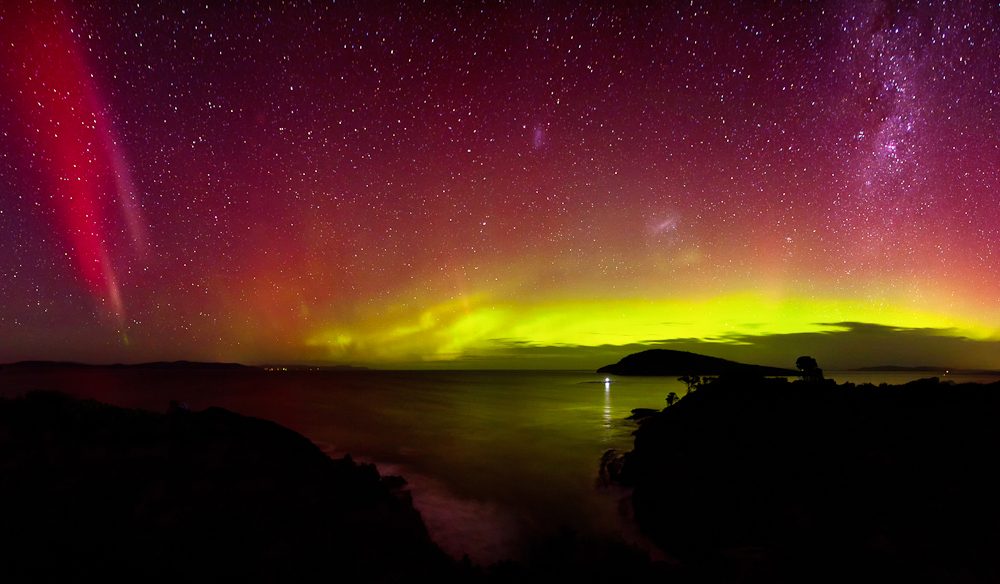Climate Change Threatens Expansion of "Dark Oxygen Ocean" Zones

Deep within the world's oceans, hidden from the reach of sunlight and the ease of scientific observation, lie vast expanses known as "dark oxygen minimum zones" (OMZs). These enigmatic regions, characterized by extremely low oxygen levels, are vital for understanding the ocean's delicate balance and the potential impacts of climate change.
A Delicate Balance: The Role of Oxygen Minimum Zones
Oxygen minimum zones (OMZs) exist at depths of approximately 200 to 1,500 meters below the surface. They are a natural feature of the ocean, formed by the complex interplay of physical, chemical, and biological processes. However, recent research suggests that climate change may be causing these zones to expand and intensify, with potentially significant consequences for marine ecosystems and global climate regulation.
One key driver of OMZ formation is the natural decomposition of organic matter. As microscopic plants called phytoplankton in the sunlit surface waters die, they sink to the depths, carrying with them the carbon they absorbed during photosynthesis. This "marine snow" of organic material becomes food for bacteria in deeper waters. These bacteria consume oxygen as they break down the organic matter, leading to the formation of oxygen-depleted zones.
A Changing Climate, A Shifting Ocean
Climate change is altering the delicate balance of these OMZs in multiple ways. Firstly, rising ocean temperatures reduce the solubility of oxygen in water, meaning that warmer oceans naturally hold less dissolved oxygen. Secondly, changes in wind patterns and ocean circulation, also driven by climate change, can alter the delivery of oxygen-rich surface waters to deeper depths, further exacerbating oxygen depletion.
The expansion of OMZs has significant implications for marine life. Many marine organisms, from fish to invertebrates, rely on dissolved oxygen for respiration. As oxygen levels decline, these organisms face physiological stress and may struggle to survive. This can lead to shifts in species distribution, with some species forced to migrate to more oxygen-rich areas while others face local extinction.
Unveiling the Unseen: Research and Discoveries
Studying OMZs presents significant challenges due to their depth and vastness. However, scientists have made remarkable strides in understanding these elusive environments through the use of advanced technologies and international research collaborations.
One key area of research focuses on understanding the role of OMZs in global nutrient cycles. These zones play a critical role in regulating the cycling of nitrogen, a key nutrient for marine life. Understanding how these cycles respond to changing OMZ conditions is crucial for predicting the future productivity of our oceans.
Another important aspect of OMZ research involves studying the organisms that thrive in these extreme environments. Some species have evolved remarkable adaptations to survive in low-oxygen conditions, providing valuable insights into the limits of life on Earth and the potential for life in other extreme environments, such as on other planets.
Looking Ahead: The Future of Our Oceans
The expansion of OMZs is a stark reminder of the interconnectedness of Earth's systems and the far-reaching impacts of climate change. Further research is essential to fully understand the complex dynamics of these zones and their potential consequences for marine ecosystems and global climate regulation.
Addressing climate change through reducing greenhouse gas emissions is crucial to mitigating the expansion of OMZs. However, continued research and monitoring are equally vital to understand, predict, and adapt to the changing ocean environment. By unraveling the mysteries of these dark oxygen ocean zones, we can better protect the health and resilience of our oceans for generations to come.


















Comments ()